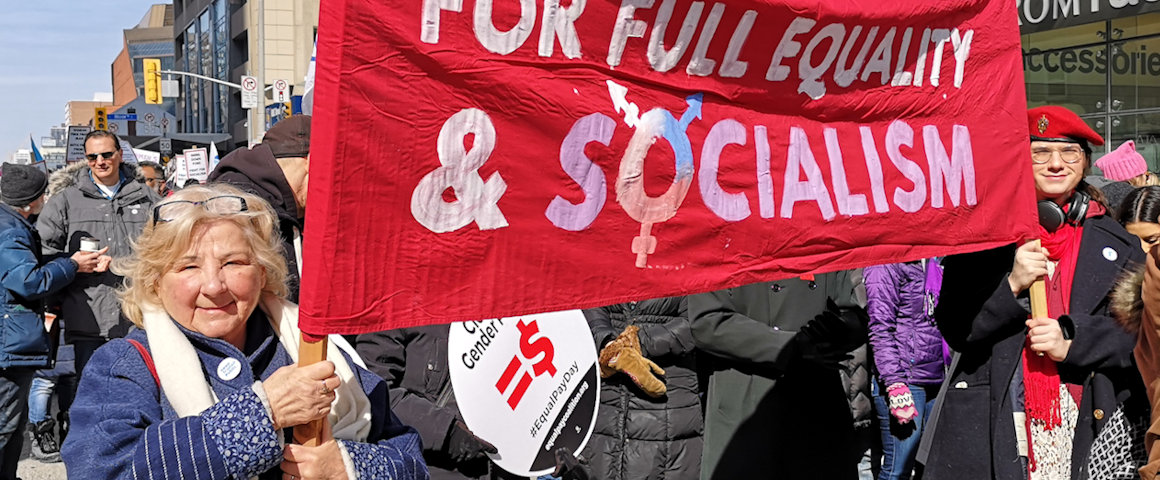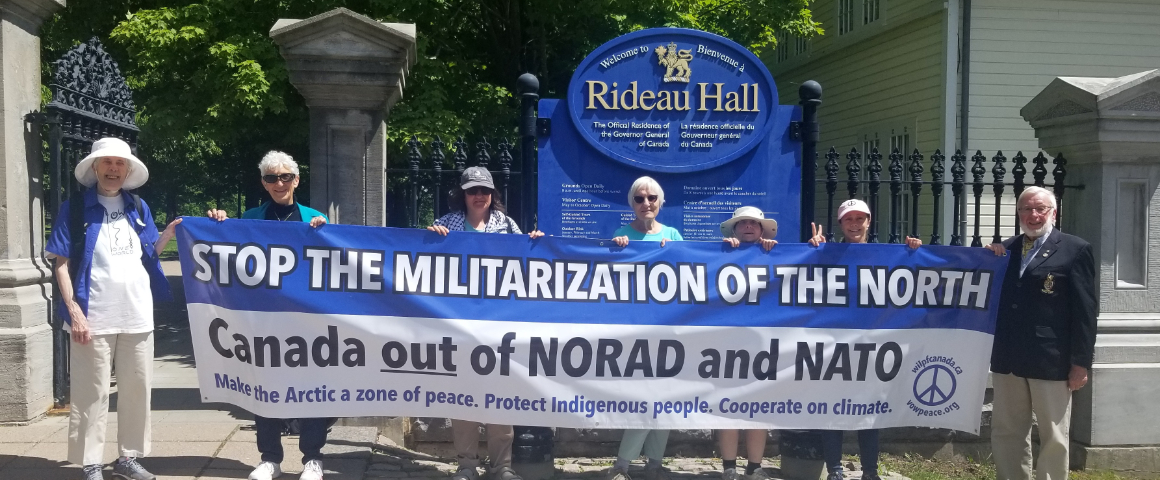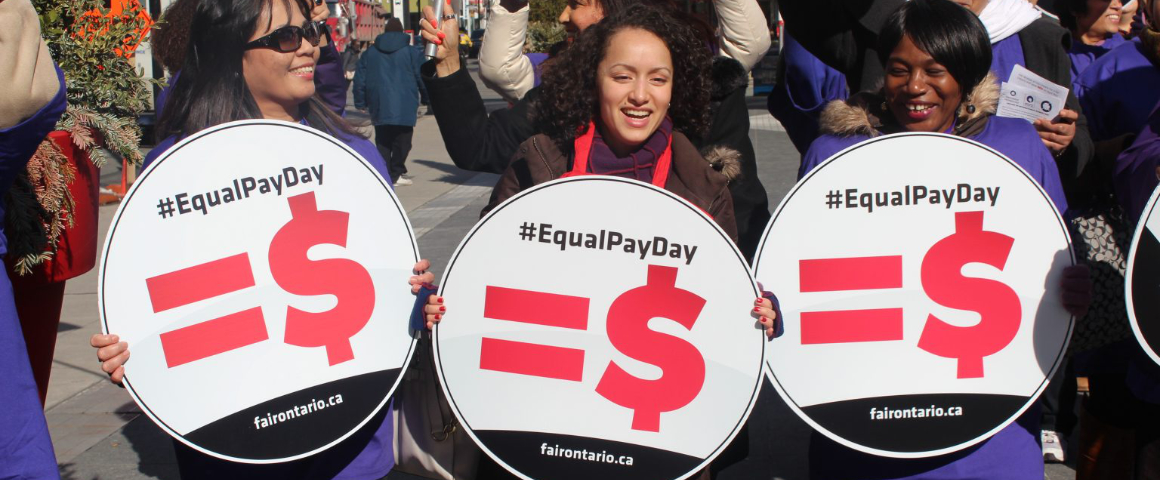Becky Buhay
A few years ago, a friend of mine posted a beautiful graphic on her Facebook feed. It said, amongst other things, that “Transwomen are Women” – something she didn’t think was contentious. She was totally unprepared for the onslaught of hateful messages, some from people she knew, but mostly from complete strangers. She had posted it publicly and was ganged up on, including by hundreds of people from outside of Canada. Not part of the feminist or queer community, she had been unaware of the vitriolic, incendiary debate she had inadvertently waded into.
In 2019, there are now few in Canada, especially if they frequent social media, who aren’t aware of the “debate” around who is a woman. This debate has developed into a hate campaign against trans people. I know many trans rights activists who have received so many online threats that they have had to close their social media accounts.
The danger is not just online. The number of violent attacks on and murders of trans folk, especially Indigenous and racialized transwomen, is rising rapidly in many countries, including Canada. These numbers are underreported, as often trans folk are misgendered. This summer the American Medical Association declared it an “epidemic of violence” and has developed a plan to educate the public, legislatures and law enforcement.
Why are violent attacks on trans folk, especially women, on the rise?
The queer community and their allies have fought for and won rights. These victories have made some people, particularly those who hold rigid views of gender, uncomfortable. However, by and large, in Canada relatively few people publicly oppose the rights of gays and lesbians to get married, and be free of discrimination in the workplace, etc.
Right-wing religious groups, far-right, and fascist organizations have realized that one area where there is greatest discomfort is the right to freedom from discrimination on the basis of gender expression and identity.
This fear and discomfort have been particularly evident in the arena of public education. After long, protracted advocacy by students, teachers, parents, and the queer community, many school districts and, later, a few provincial governments enacted policies to make schools safer and more welcoming for all students. These policies included prohibition of harassment and discrimination on the basis of sexual orientation and gender identity. Research and student testimony indicated that bathrooms and change rooms were places that all students, but particularly trans students, felt most unsafe. Therefore, policies often called for the rights of students to gender neutral bathrooms, and to use the gendered bathroom and change rooms that matched their gender.
These education policies are about much more than simply bathrooms. They include other steps to improve the learning environments in schools for all students. Research by academics such as Catherine Taylor, at University of Winnipeg, and Elizabeth Saewic, of the University of BC, overwhelmingly indicate that steps to make schools safer for queer students make schools safer and better places to learn for all students and improve the health of everyone.
However, the myth of “bathroom danger” continued to grow, despite the fact that these are often attacks on trans folk and that the vast majority of attacks in bathrooms are by cisgendered folk (people whose sense of personal identity and gender corresponds with their assigned birth sex). The spread of this and other transphobic myths frequently occurred when there was a combination of pre-existing assumptions, no (or inaccurate) translation of policy into various languages, and a right-wing which seized upon this policy as a way to whip up fear and hate in new immigrant and right wing religious communities.
In 2017, after several years of unsuccessful attempts, the federal government finally enacted Bill C-16, which amends the Canadian Human Rights Act to include gender identity or expression as grounds protected from discrimination (just like race, religion, age and sexual orientation). It also amends the Criminal Code of Canada to include “gender identity or expression” as a category that distinguishes an identifiable group in Canadian society, protecting trans folk from hate propaganda and hate based offences. These offences include promoting genocide, inciting and promoting hatred, and offences motivated by bias, prejudice or hate.
The opponents of Bill C-16 included the usual right-wing forces, but also some women’s organizations, many with progressive reputations. They opposed the bill because they believed that the legislation would be a threat to spaces reserved for what they term “female-born women.” Many also believe that the trans rights “agenda” will mean that women will no longer exist. These groups see it as part of a patriarchal medical industrial complex agenda, which inflicts violence upon women and will bring about the genocide of women. Their rhetoric often uses anti-capitalist formulations, sometimes even Marxist-like language, which leads some to see them as progressive, radical feminists.
There has long been a tendency in the feminist movement, often termed “radical feminists”, for whom the greatest enemy of women is men. Since 2017, many of these feminists who reject trans inclusion have begun to work with far-right and fascist groups. In the USA, Hands Across the Aisle is an organization that connects radical feminists with anti-LGBTQ groups to campaign against trans rights. The Women’s Liberation Front (WoLF) is funded by far-right think tanks. Just as in Canada, these trans exclusive feminists are willing to fight side by side with those who would deny their reproductive rights.
The Southern Poverty Law Centre has documented a campaign, by the Christian Right, to separate the “T” from LGB.
Even where there is no direct coordination, the combined attack by the religious right, and those who consider themselves feminists and are trans exclusive, has been at times overwhelming for trans rights activists – many of whom are feminists themselves. These groups spread myths and disinformation, and fan hate. It is true that globally, a handful of trans- or trans-identifying folk have committed crimes against women. These few cases are trotted out as proof of danger. Why would society deny the rights, and even the existence, of all, because of the actions of a few? None of us would have any rights if that were the standard.
The program of the Communist Party of Canada makes clear that when we refer to women, we include all women. We reject the gender binary, recognizing that scientifically there have always been more than two genders. We recognize that “women’s” bodies and “men’s bodies” have more similarities than differences, and that embryos all start out the same. Gender is a combination of many elements, chromosomes, anatomy, hormones, psychology and culture. We also reject the notion that patriarchy has always existed. Gender oppression is a key feature of capitalism. It arose with the advent of private property. As the program says, “Eradicating gender inequality will be crucial for putting capitalism altogether behind us and advancing to a higher stage of history.”
We reject the non-class based, unscientific notion that all women are sisters, oppressed equally, and united in an ability to bear children. Margaret Thatcher was never our sister.
The ending of gender oppression is fundamental to the liberation of all humanity. The Communist Party is proud to have trans and gender variant members. Together we join movements to end all forms of oppression – including racism, Islamophobia, transphobia, sexism, national chauvinism, and colonization. We are united in overthrowing capitalism, building a socialist society, and fighting for a future for our planet.
(Becky Buhay is the pseudonym of a long time feminist and member of the Communist Party’s Women’s Commission and Pride Commission.)



